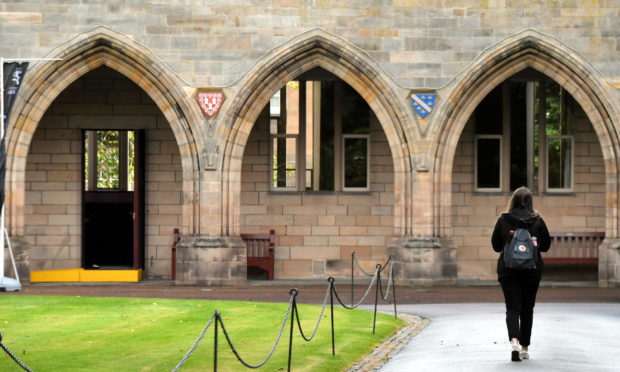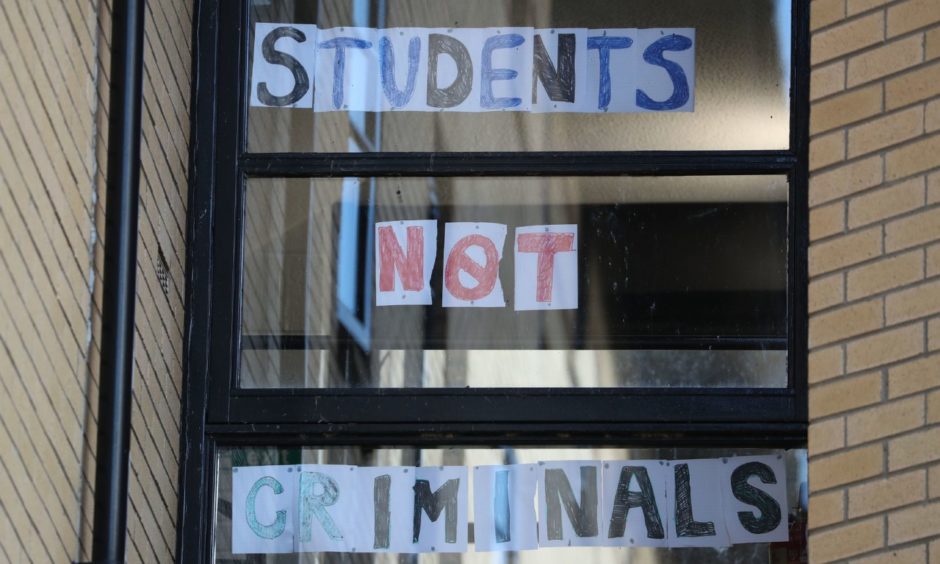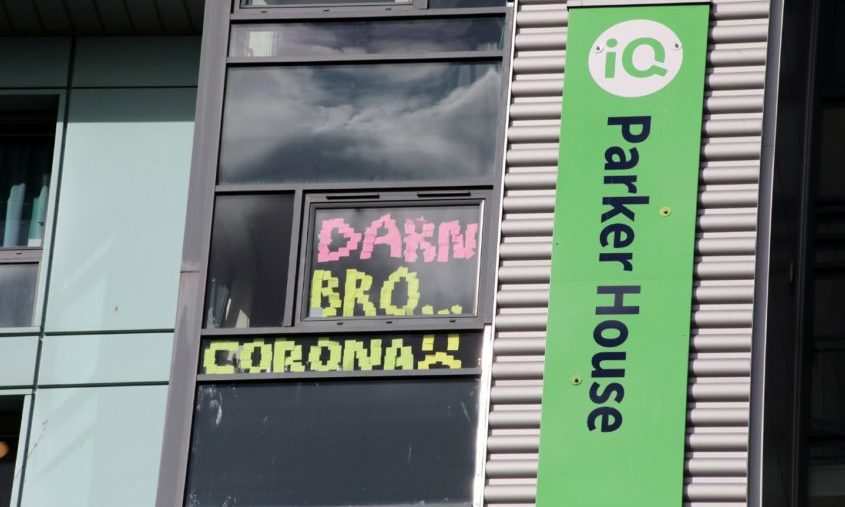The start of university is among one of the most exciting times in the lives of young people.
Arriving on campus usually brings new beginnings and the opportunity to learn, meet and grow. This year however it is not just Covid-19 rife on campus.
An outbreak of orchestrated uncertainty has descended upon thousands of young people caught up in an entirely foreseeable and avoidable crisis.
With thousands of students being placed under isolation over the course of the past week, the total dereliction of responsibility became ever apparent.
The story of freshers’ week soon became one of messers week: universities and governments mixed messaging and mismanagement causing utter misery.
In a week where universities were set to begin the delivery of over-optimistic visions of blended learning, the result has been the most chaotic start to an academic year ever.
For months universities have been promising students that a return to on-campus teaching was possible. But the cat is out of the bag. Universities and governments have been complicit in a calculated con.
As cases rose on campuses across the UK, confusion was sent into the airwaves and universities scrambled courses online and their students into lockdown.
‘The week of contradictory and conflicted statements’
Scotland’s national clinical officer Jason Leitch, who on Wednesday evening advised on whether students could return home, adding “they can … nobody’s going to put barriers up” later u-turned and placed a wall between them and their parents.
To top it off, students in Scotland were then faced by a sweeping order not to go to pubs or restaurants.
As recently as last night, the University of Aberdeen communicated with their students, threatening expulsion and financial penalties without a single reassuring word of student support being made available to them.
The week of contradictory and conflicted statements to students is an indictment to two stark realities: that the government has lost control and universities fear losing theirs.
Before the pandemic hit, the higher education sector was already facing a bleak prospect. Now they run risk of giving their students one too.
With the Institute for Fiscal Studies warning that the sector might lose up to 25% of their income, the countervailing pressures facing universities up and down the country meant they needed one thing this month: students back on campus.
Without undergraduates, universities face financial ruin as they seek to plug a blackhole in funding.
As with the exam fiasco over the summer, it is apparent that preparations for the return of students to university have concentrated on protecting institutions rather than the individuals they serve.
‘We knew what has unfolded was the most likely scenario.’
The diagnosis is clear: further education and government alike have lost sight of our young people. Despite that, students face another challenge, who is speaking up for us?
Policymakers may have lost sight but bodies that should be representing students are clearly lost at sea.
We have not been caught off guard. We knew what has unfolded was the most likely scenario.
We knew the upcoming start of the academic year was going to land at a perilous time, recently labelled ‘tipping point’. We knew the risk of thousands of students being encouraged onto campus could cause.
Yet students were lured into this campus catastrophe under the most misleading promise of a student experience this autumn.
The level of unnecessary risk that has been exercised is scandalous. This is no way to treat the young people who will be crucial to the nation’s recovery.
A calculated gamble turned gaffle by universities responded by our reactive governments, who are inherently incapable of adequately preparing or foreseeing challenge, has left students under isolation from their campus, family and any shred of social interaction.
That is not just a risk to student experience, but to our very well-being and prospects.
While university is an exciting time it also brings a common anxiety about moving away from home often for the first time.
We are facing a disastrous blow to the state of young people’s mental health in what has been an already challenging year for their academic hopes and aspirations.
‘We need more on our side’
Young people in the system cannot hit pause. We are facing deadlines and dissertations that certainty is essential for many on achieving them.
But with our futures at stake and left under a cloud of uncertainty, we need more on our side.
It is time to shift the debate away from one that seeks to disproportionately demonise our young people to one on how we properly reimburse and support them.
Failing to do that we risk the prospects of a generation who are fast becoming the forgotten victims of this crisis.
We will inherit the full brunt of the economic fallout of this crisis. Over the last decade, young people starting out in the labour market have increasingly been working in occupations that are low-paid.
Young people today are half as likely to get on nation’s housing ladder.
The Covid-19 pandemic has severely dented the career prospects of young people and threatens to have a prolonged negative economic impact on them as a result.
We want to play our part to build back better.
The first minister has pleaded to students to do what is asked of them. We plead to give us the respect, fairness and level playing field to do exactly that.
Jack Norquoy is in his fourth year at Aberdeen University studying history and international relations. Originally from Orkney, the 21-year-old recently finished a six-month internship in the office of Alistair Carmichael



